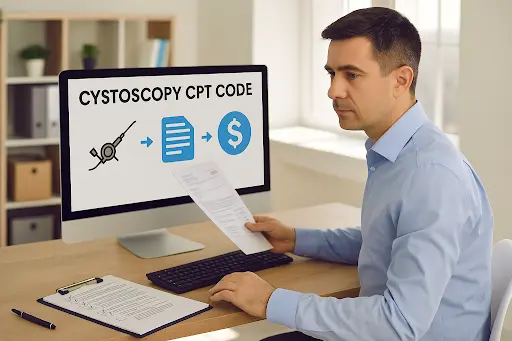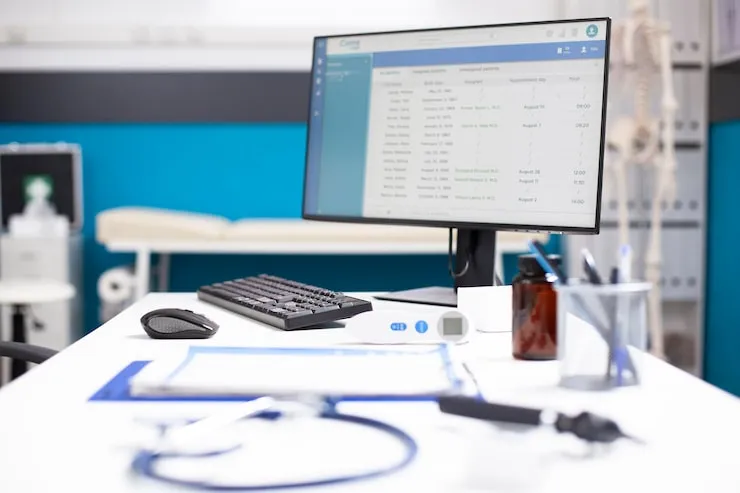There you are, coffee in hand, staring at yet another denied claim, fighting that nagging thought: ‘I was sure I billed it correctly’.
At Cadence Collaborative, we’ve heard that same sigh of frustration from providers, office managers, and billing teams across the country.
And more often than you’d think, the troublemaker hiding in plain sight is a tiny five-digit sequence: 96374.
This little code may look innocent, but it carries big consequences.
Bill it correctly, and reimbursement flows in without a hitch. Bill it incorrectly, and you’re looking at wasted time, revenue delays, and a string of appeals no one wants to write.
That’s why understanding 96374 CPT code is less about memorizing rules and more about protecting your practice’s rhythm, keeping things moving smoothly, without surprises.
What Is CPT Code 96374?
At its core, 96374 is the CPT code for the administration of a therapeutic, prophylactic, or diagnostic substance or drug via intravenous (IV) push, for the initial substance or drug.
Put simply: when a nurse or provider administers medication directly into a vein in a quick push (rather than through a drip infusion), 96374 is the billing code that captures that act.
It’s easy to overlook how essential this is. The code serves as the official translation of a provider’s work into the payer’s language.
Without it, the act of delivering that medication might not be accurately reimbursed. For practices, that can mean revenue leakage. For patients, it can mean billing confusion.
The Family of Injection and Infusion Codes
If you’ve ever flipped through the CPT manual, you know that injection and infusion codes are tightly packed and deceptively similar.
Yet the small distinctions between them matter enormously for billing accuracy.
- 96374: Initial IV push of a therapeutic, prophylactic, or diagnostic substance or drug.
- 96375: Each additional IV push of a new substance or drug, after the initial.
- 96365: Initial IV infusion, up to one hour.
- 96372: Therapeutic, prophylactic, or diagnostic injection, but via subcutaneous or intramuscular route.
The trouble is that real-world scenarios often blur these categories. For instance, an infusion that runs for fewer than 15 minutes may actually qualify as a push.
Unless the documentation clearly explains the method and timing, coders may choose the wrong code, leading to denials.
That’s why precision, both in the act of coding and in the supporting documentation, is so critical.
When Should You Bill CPT 96374?
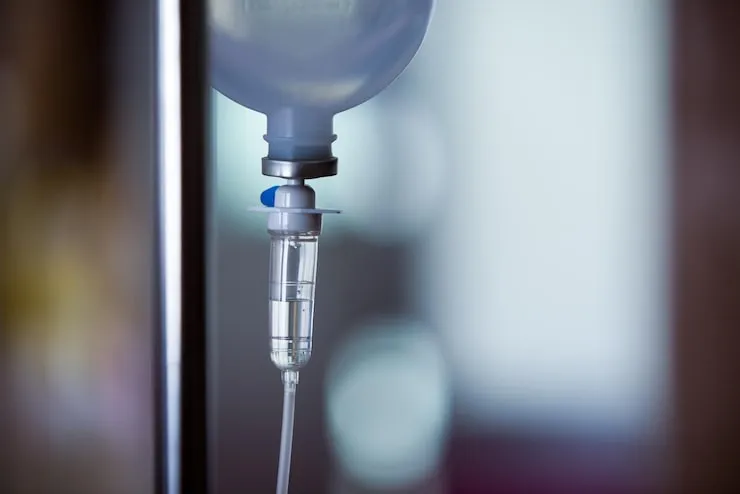
You should bill CPT 96374 whenever a patient receives an initial intravenous (IV) push of a therapeutic, prophylactic, or diagnostic drug during a clinical encounter.
This is the first push of the session, the one that sets the stage for any additional pushes or infusions that may follow.
Here’s where clarity matters: if the patient only receives one IV push, that’s billed under 96374.
If they receive additional IV pushes of different drugs, those subsequent administrations are captured under 96375.
For example:
- A patient arrives with severe pain and receives an IV push of morphine. That’s coded with 96374.
- Later in the visit, the provider administers an IV push of an antiemetic drug to prevent nausea. That second, different medication would be coded under 96375, not repeated with 96374.
This sequencing may sound straightforward, but in practice, it’s one of the most common areas where errors happen. And in billing, even a small mistake can mean denials, revenue delays, or compliance risks.
That’s why so many practices turn to Cadence Collaborative, our team ensures codes like 96374 are applied correctly the first time, protecting both your reimbursement and your peace of mind.
Documentation Requirements
In medical billing, documentation is everything. Without it, payers won’t see the medical necessity of the service, no matter how obvious it seems to the provider.
For 96374, coders and billers should make sure the record includes:
- Drug name and dosage administered.
- Route of administration (clearly stating IV push).
- Start and stop times, even if the push was short.
- Clinical purpose (therapeutic, prophylactic, or diagnostic).
- Designation of initial vs. subsequent push.
These details prove the service was medically necessary and billed correctly. They also protect providers in case of audits, where vague notes can cost practices significant revenue.
Common Pitfalls in Billing CPT 96374
Even seasoned billers and coders can stumble with 96374. The most frequent errors include:
Mistaking Infusion for Push
Infusions lasting less than 15 minutes are often considered pushes, but if the record isn’t specific, coders may default to an infusion code.
This mismatch leads to denials or underpayments.
Overusing 96374
Some teams mistakenly bill 96374 for every IV push, rather than using it for the initial one only. Each subsequent push of a different medication requires 96375.
Forgetting the Drug Code
Reporting the administration without the corresponding HCPCS drug code leaves the claim incomplete. Without the drug itself, payers may reject the charge outright.
Weak Documentation
Payers are quick to deny when records lack start/stop times, don’t note whether the push was initial or subsequent, or fail to justify medical necessity.
Reimbursement Insights
On the financial side, CPT 96374 reimbursement varies by payer and region.
Medicare typically pays between $30–$50 per push, while commercial insurers may pay more but are often stricter about documentation and bundling.
Key factors that impact reimbursement include:
- Payer-specific rules: Some insurers bundle 96374 with evaluation and management (E/M) services, so you need to know whether it can be billed separately.
- Site of service: Facility vs. non-facility billing may alter reimbursement rates.
- Modifiers: Certain payers may require modifiers to distinguish 96374 from other injections or infusions performed during the same encounter.
From a medical billing standpoint, this makes payer knowledge indispensable.
What works for Medicare might not apply to Aetna or UnitedHealthcare, and without adjusting your coding accordingly, revenue can slip through the cracks.
Why Accuracy With 96374 Matters
Correct use of 96374 is about more than avoiding denials; it’s about the integrity of your revenue cycle. Inaccurate coding or sloppy billing practices can have ripple effects:
- For providers: Lost revenue and wasted time on appeals.
- For patients: Confusing bills that erode trust in your practice.
- For staff: Frustration from reworking claims instead of focusing on proactive billing.
When medical coding and billing align, everyone benefits: providers are reimbursed fairly, patients see clarity in their statements, and staff feel confident in their work.
How to Bill CPT 96374 the Right Way
Every payer has its quirks, but following a clear process can make all the difference between a smooth claim and a frustrating denial.
When billing CPT 96374, think of it less as checking boxes and more as telling a complete story of what happened in the encounter.
First, confirm the service type: was the drug actually delivered by IV push, or was it infused or injected another way? Next, identify the sequence.
Is this the initial push (96374) or a subsequent one (96375)? Pair the CPT code with the right HCPCS J-code for the drug itself, and always double-check payer-specific rules, since bundling policies and modifier requirements can differ widely.
Finally, make sure documentation connects every dot: drug name, dosage, times, route, and whether it was the first or a subsequent push.
Even when you follow all these steps, the reality is that different payers interpret rules differently. That’s where many practices get stuck.
Partnering with a team like Cadence Collaborative takes the guesswork out of this process. Our experts know how to align clinical documentation with payer expectations, so your claims are approved the first time.
Instead of spending hours troubleshooting denials, your staff can focus on patient care, confident that your billing is being handled with precision.
How Cadence Collaborative Helps
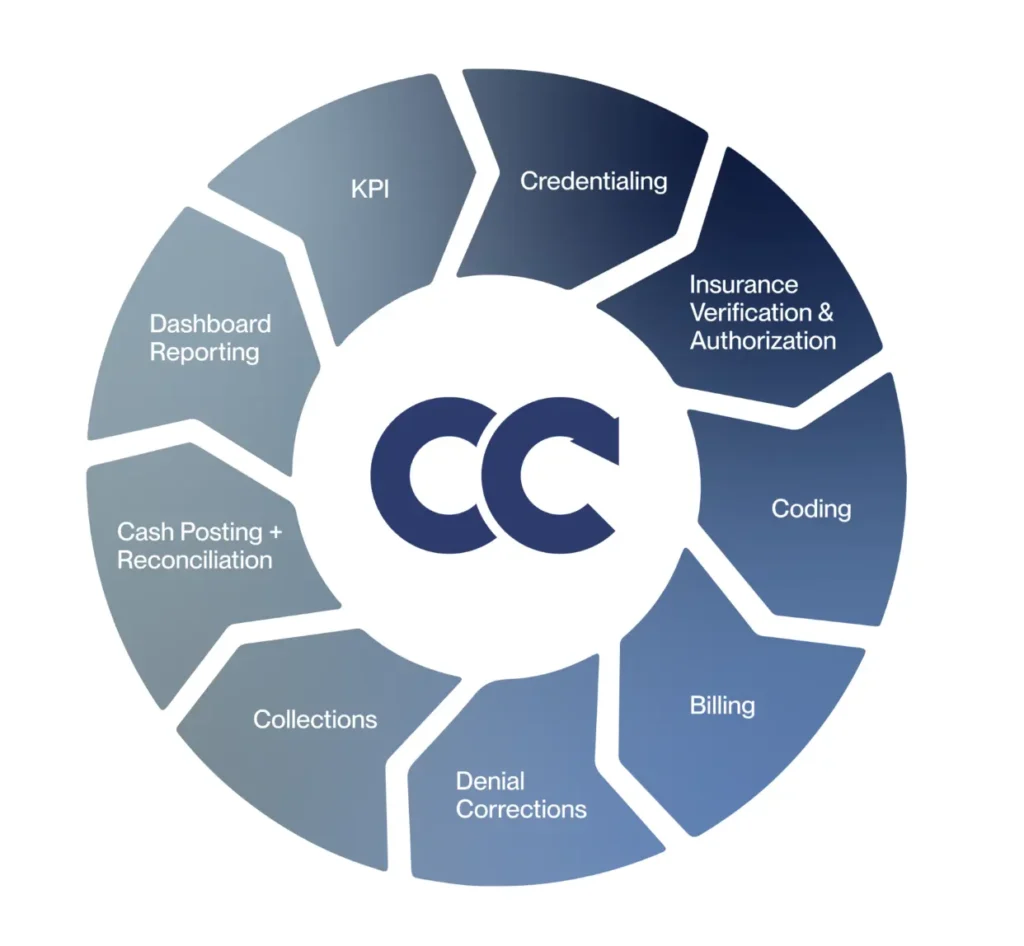
At Cadence Collaborative, we understand that CPT codes like 96374 are only one piece of the bigger picture.
What really matters is how your entire revenue cycle works together, because billing isn’t just about claims, it’s about keeping your practice financially healthy while giving providers more time to focus on patient care.
That’s why our team goes beyond the basics. We don’t just submit claims; we partner with you to make sure every part of your billing process is efficient, compliant, and sustainable.
Here’s how we support healthcare organizations like yours:
- Revenue Cycle Management: Streamlining every step so payments come in faster and with fewer headaches.
- Medical Billing and Collections: Reducing payment delays and making sure your services are always reimbursed correctly.
- Medical Coding Services: Ensuring accuracy and compliance, so codes like 96374 are always applied the right way.
- Healthcare Consulting: Offering practical strategies that improve operations and financial performance.
- Credentialing Services: Handling the complex credentialing process so your providers are set up for success from the start.
- Financial Reporting and Analysis: Giving you clear insights into your practice’s performance to guide smarter decisions.
- Audit and Compliance Services: Protecting your organization with proactive checks and guidance.
The result is more than just cleaner claims. With Cadence Collaborative, you gain a partner who cares about the long-term health of your practice, not just the short-term payment of a claim.
Turning Billing Challenges Into Opportunities for Growth
The 96374 CPT code may look like just another line on a claim, but in reality, it highlights how closely medical coding accuracy and medical billing strategy are tied together. Getting it right protects revenue, keeps claims moving, and builds trust with your patients.
At Cadence Collaborative, we take the uncertainty out of codes like 96374 and so much more.
From revenue cycle management to credentialing, consulting, and compliance, we’re here to make your billing process smooth, predictable, and built for growth.Ready to simplify your billing and strengthen your revenue cycle? Contact us today!

